
Scientifica's top neuroscience stories from February 2021
Development of biodegradable microcapsules that can deliver molecules to the brain, repairing an injured spinal cord using a patient's own stem cells, and a potential new target for stroke therapy are some of this month's best neuroscience stories.
1. Biodegradable microcapsules deliver nerve growth factor to guide neuronal development
In vitro experiment have shown that nanoengineered biodegradable microcapsules can deliver a growth factor and guide the development of hippocampal neurons.
Many neurodegenerative disorders cause depleted levels of growth factors in the brain, and some studies of Alzheimer’s and Parkinson’s disease have proven the therapeutic effect of delivering growth factors to specific degenerating neurons. However, it is difficult to deliver these growth factors to neurons in the brain, as they need to penetrate the blood-brain barrier.
The biocompatible capsules have an average size 2 to 3 micrometers and are made from a biocompatible material, functioning in tissue slices and rodents with no detectable adverse side effects. The capsules are generated using Layer-by-Layer (LbL) encapsulation, where poly-L-arginine and dextran are deposited layer-by-layer to form a capsule, which is ideal for encapsulating fragile molecules such as peptides and growth factors, due to the aqueous conditions.
After adding the microcapsules to rat hippocampal neurons, neuronal growth significantly increased, as well as neurite branching and synapse formation.
These results are promising for treatment of neurodegeneration in the future.
Delivering growth factor
2. Smartphone app to change your personality
Daily use of a specially developed smartphone app can lead to desired personality changes within three months, with changes still noticeable three months following intervention, researchers led by University of Zurich have found.
Assessing the five major personality traits: openness, conscientiousness, sociability (extraversion), considerateness (agreeableness), and emotional vulnerability (neuroticism), the research team provided 1,500 participants with a smartphone app, and assessed how these personality traits had changed following three months of app use. Most participants wanted to reduce their emotional vulnerability, increase their conscientiousness, or increase their extraversion, and the app included a chatbot which supported participants to make these changes.
Participants and their friends reported that three months after intervention ended, personality traits brought about by the app persisted. These findings could be applied to help improve people’s health and wellbeing through changing their attitudes to their situation and increasing traits such as conscientiousness.

Would you want to change your personality?
3. Study reveals how a longevity gene protects brain stem cells from stress
A study by Weill Cornell Medicine has identified how a gene linked to unusually long lifespans in humans protects brain stem cells from the harmful effects of stress.
Previous studies of humans who live longer than 100 years have found that they often have an unusual version of the Forkhead box protein O3 (FOXO3) gene. In this study, the researchers found that the FOXO3 gene preserves the brain’s ability to regenerate by preventing stem cells from dividing until the environment is ideal for the new cells to survive.
The team found that oxidative stress modifies the FOXO3 protein. This causes the protein to travel o the stem cell nucleus, where it switches on stress response genes, initiating a stress response. The stress responses causes depletion of s-adenosylmethionine (SAM), a nutrient required for a protein called lamin to form a protective envelope around the DNA in a stem cell nucleus. As there is no protective envelope around the DNA, it begins leaking out of the nucleus, and the cell mistakes this DNA for a virus infection, initiating an immune response which causes the cell to go dormant and stop producing new neurons.
This response prevents stem cells from making new neurons in stressful conditions where they wouldn’t be able to survive.
These findings may explain why people with this version of the FOXO3 gene live long and healthy lives, as well as why regular exercise, which increases FOXO3, helps maintain mental sharpness.
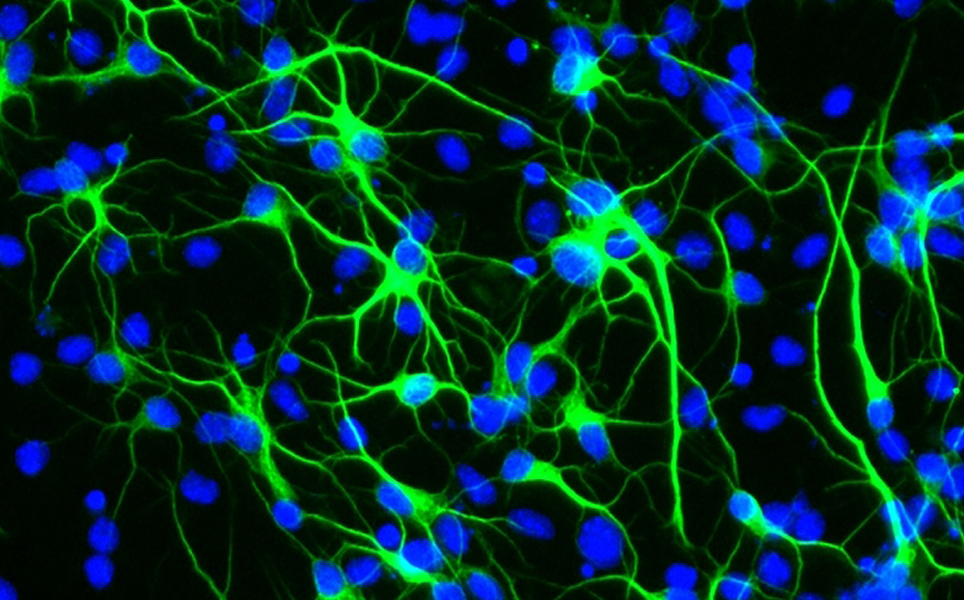
Protective gene increases longevity
4. Language is more than speaking: How the brain processes sign language
Scientists at the Max Planck Institute for Human Cognitive and Brain Sciences have identified the region of the brain that processes the grammar and meaning of both spoken and signed language.
The team discovered that Broca’s area in the left hemisphere of the brain, which is already known to be the central hub for spoken languages, is also crucial for sign languages. The fact that the same region process spoken and signed language shows that our brain is specialised to process linguistic information, regardless of how this information is communicated.

Spoken or signed: Makes no difference
5. Yale scientists repair injured spinal cord using patients’ own stem cells
Intravenous injections of bone marrow derived stem cells (MSCs) in patients with spinal cord injuries led to significant improvements in their motor functions, scientists at Yale found.
The patients has sustained, non-penetrating spinal cord injuries, caused by falls or minor trauma. Within weeks of receiving injections of their own stem cells, more than half of patients had substantial improvements in key functions such as their ability to walk or to use their hands.
Additional studies are required to confirm the results of this preliminary trial, but similar results seen in stroke patients adds to the hope that this approach could be used in clinics one day.
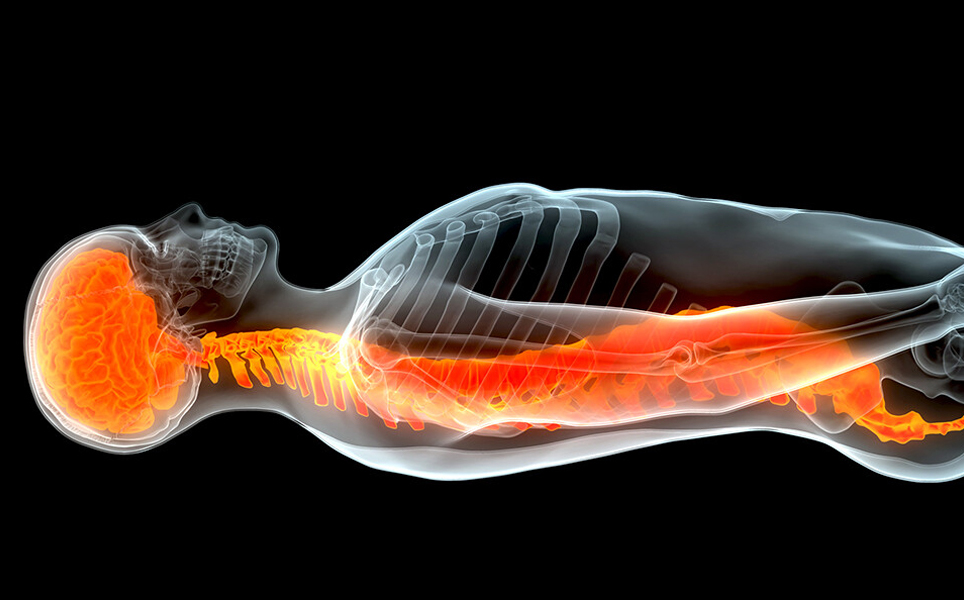
Promising potential of stem cells
6. Stroke of Luck: Scientists discover target for stroke therapy in blood-brain barrier
Researchers at Tokyo University of Science have identified how acrolein, a toxic by-product of strokes, may activate proheparanase, an enzyme which breaks down the blood-brain barrier.
The breakdown of the blood-brain barrier, which usually prevents immune cells from entering the brain, is a major cause of post-stroke inflammation. Understanding how acrolein may activate proheparanase, which degrades the glycocalyx that coats the blood vessels of the blood-brain barrier, offers hope for post-stroke therapeutics.
Potential new target for post-stroke therapeutics
7. Star-shaped brain cells may be linked to stuttering
Astrocytes may play an important role in stuttering, researchers at the University of California, Riverside have found.
The study found that treatment with risperidone leads to increased activity of the striatum in people who stutter, with the mechanism of action of this drug involving increased activity of astrocytes in this region of the brain.
The striatum is located in the forebrain, and its activity is related to cognition, reward and coordinated movements. Stuttering is linked to high levels of dopamine, and risperidone works by blocking the receptors that dopamine binds to, blocking the excessive dopamine activity.
It is unclear exactly how risperidone activates astrocytes in the striatum, but once the astrocytes are activated, they release a signalling molecule that blocks dopamine receptors. Future research will aim to identify the signalling molecule and better understand the role astrocytes play in stuttering.
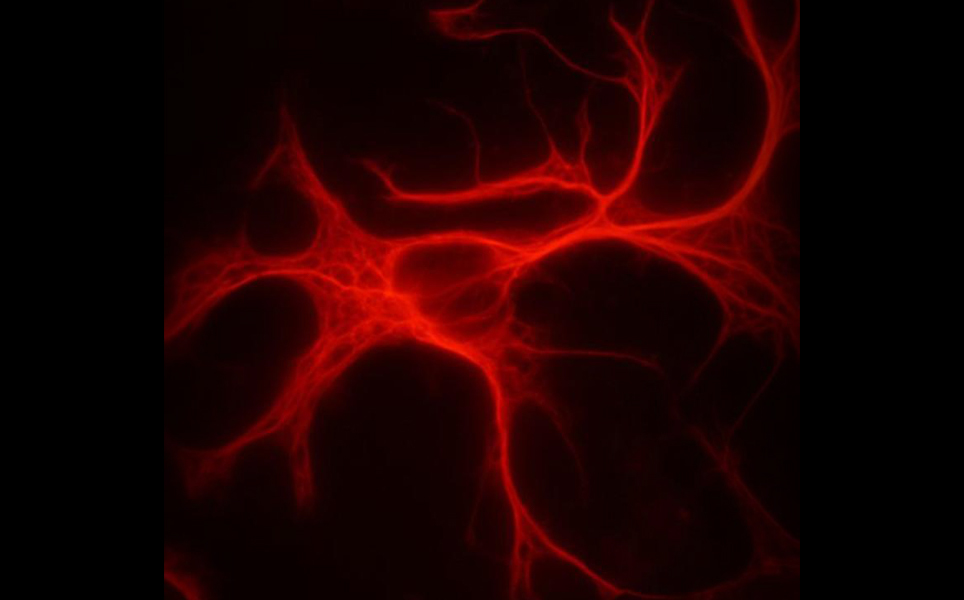
Role of striatal astrocytes in stuttering
8. New EBRAINS-enabled tool to help guide surgery in drug-resistant epilepsy patients
A computational tool that locates areas of a patient’s brain where epilepsy seizures emerge has been developed by scientists of the Human Brain Project.
The computation too, called ‘The Virtual Brain’ (TVB), models and predicts activity in an individual patient’s brain. The model simulates the spread of seizure activity, and can be a tool for neurosurgeons to use to help improve the precision of identification of the part of the brain where seizures emerge.
A clinical trial is ongoing to assess the TVB personalised brain models as a new tool for planning epilepsy surgery, where the epileptogenic zone is removed to prevent seizures.
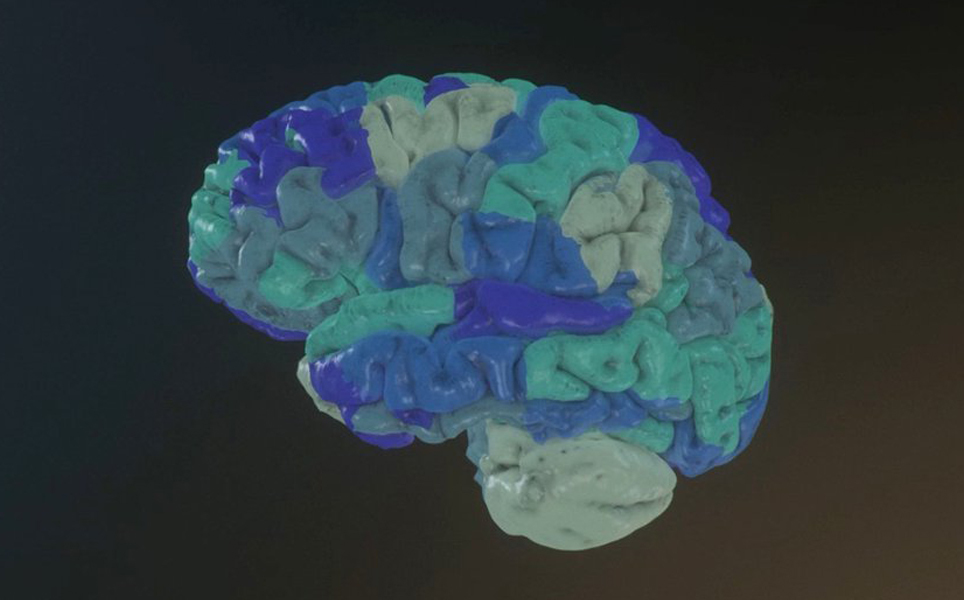
More here
9. Virtual reality helping to treat fear of heights
A virtual reality app for smartphones that reduces fear of heights has been developed by researchers at the University of Basel.
The app, called Easyheights, is a virtual reality exposure therapy app, which uses 360° images of real locations captured using a drone. Wearing a virtual reality headset, users 'stand' on a platform that is initially one metre above the ground, then after allowing acclimatisation to the situation, the platform rises, so the perceived distance above the ground increases slowly without increasing the person’s level of fear.
In a clinical trial of the app, participants who spent a total of four hours training with the app at home demonstrated improvements in their ability to handle height in real situations. The app makes treatment for fear of heights much more accessible, with people being able to do it in their own home at a time that suits them.

A new way to treat fear of heights
10. Wake-up call for neural stem cells
A study by Duke-NUS Medical School has discovered an enzyme in fruit fly larvae that plays an important role in activating dormant neural stem cells, enabling them to generate new neurons. Defects in this gene could underlie some neurodevelopmental disorders.
The enzyme, Pr-set7, is involved in genome stability, DNA repair and regulation of the cell cycle. Genetic variants of the human form of Pr-set7 are associated with neurodevelopmental disorders, where symptoms include intellectual disability, seizures and developmental delay. This study has shown for the first time that Pr-set7 plays an important role in brain development by promoting reactivation of neural stem cells.
These findings provide valuable insights into several neurodevelopmental disorders. Further studies will investigate the roles of the mammalian and human forms of Pr-set7 in brain development.
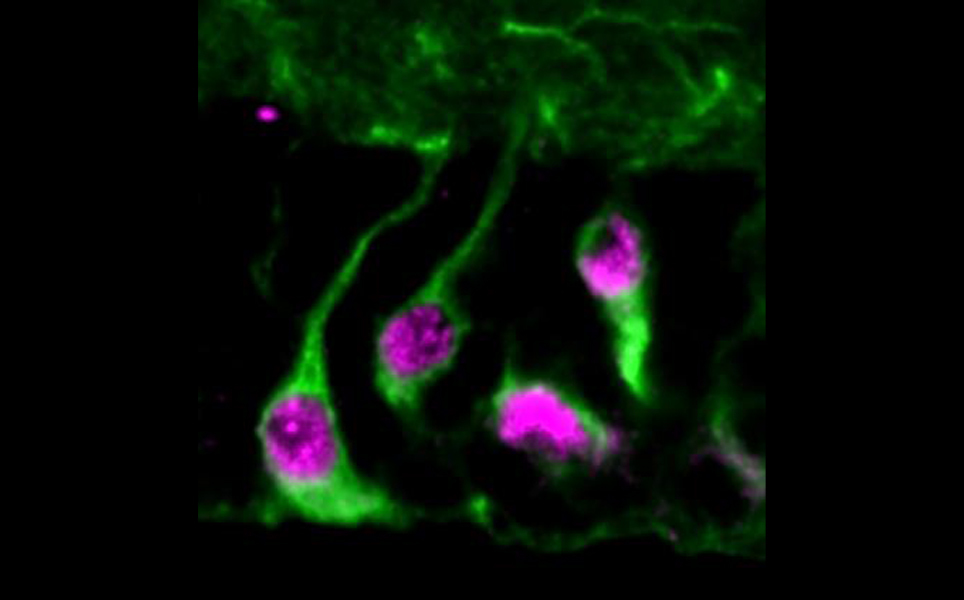
Find out more
Banner image credit: Paik lab

)